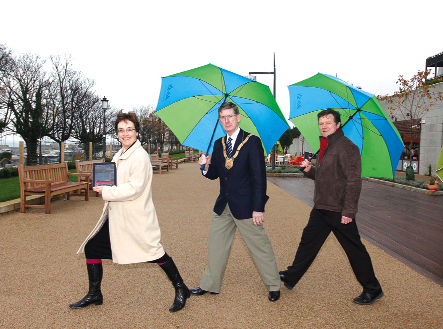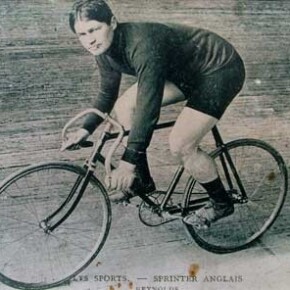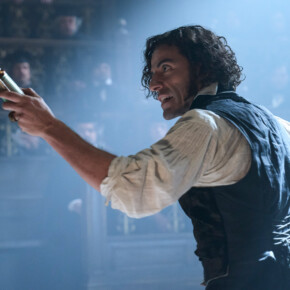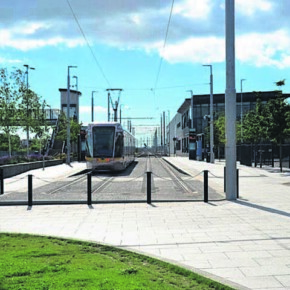New apps bring local history alive
Dublin People 27 Nov 2011
LOCAL history buffs and tourists alike will benefit
from the recent release of two new free multimedia apps that provide detailed
accounts of the history of the development of Dún Laoghaire town and its
harbour in the 19th century.
The apps were launched last week in Dún Laoghaire as
part of the Innovation Dublin Festival (www.innovationdublin.ie). They’ll
enable users to learn the fascinating history of the area and the vast project
that was involved in building the harbour in the 19th century.
As users walk along the East Pier and take in The
Metals route, they can see photos that match the audio and view a map of their
route.
The apps, available for iPhone, iPad and Android use,
grew out of two online audio guides of the East Pier and The Metals produced with
funding from the Heritage Council.
The Metals app is an 11-stop guide to the popular
walkway from the centre of Dún Laoghaire right up to Dalkey Quarry, with a stop
to include the west pier as well.
It tells the fascinating story of the development of the
harbour from the mid 1800s to the end of the century, as it takes the route to
the quarry where much of the granite was located.
Tim Carey, Heritage Officer at Dun Laoghaire Rathdown
who was involved in the making of the app, said it contained a lot of new and
previously unknown information about the local feature.
He noted that the Metals, which were named after the
metal rail tracks, were built to carry stone from local quarries to build the
east pier.
“The Metals is one of those things that people from
the area assumed they knew all about, but it was only when we started
researching that we realised that we actually knew nothing about it,
? he said.
“The Metals is what is the remains of a truck way that
ran between the quarries on Dalkey Hill to the end of the west pier. The Metals
was there to build the pier [east pier]. The Metals was where the stones were
carted down from the quarries.
“At any given time there were 200 horses working on
the Metals and they were arriving into Dun Laoghaire with full carts of stone
on average – at the height in the 1820s and the 1830s – about every three
minutes.
?
In addition, he said that the Metals, which was built
in 1816, greatly influenced the development of modern Dun Laoghaire.
“It was like a railway without the engine. The Metals
pre-dated the railway and the line of the railway today is along that line
because it went along the line of the metals.
“So the metals very much influenced the development of
the area. The guy who designed the Metals was Sir John Rennie who was one of
the great British engineers of the 19th century. He built Waterloo Bridge, and
the Plymouth Breakwater.
?
Mr Carey said the 14-stop east pier app brings the
listener on a tour to the end of the East Pier and back, and also includes
stories about the Russian cannon, the bandstand and sun shelter, the Boyd
memorial, the Beckett plaque, the lighthouse, as well the wildlife of the
harbour area.
Once downloaded, the apps do not incur roaming charges
for phone users – which is an important advantage if the users are from outside
the State.
Furthermore, despite the fact that they feature audio,
photos and maps, they only require limited memory space on the phone.
The development of the mobile phone apps was made
possible through the support of Dún Laoghaire Harbour Company, Dún
Laoghaire-Rathdown County Council and the Heritage Council.
The initiative is part of a variety of marketing tools
developed through the Dún Laoghaire Town BRAND project. For more information,
visit www.dunlaoghaire.ie.










